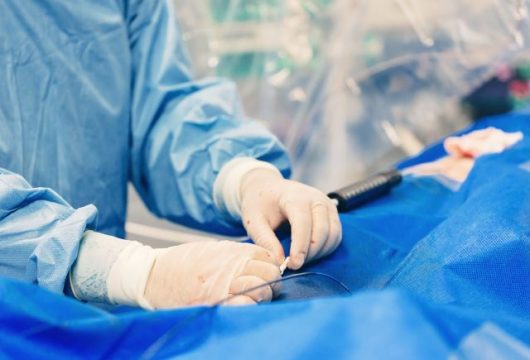Despite the use of the different imaging approaches to calculating implantation depth, optimal depth is reached only 30% of the time. Multiple imaging does not offer a uniform perspective and therefore influence reporting.

Basically, we do not have a clear idea of what constitutes optimal depth on a case by case basis and, what is worse, even though we knew the exact point, there is little chance of reaching accurate implantation depth.
Clinical and hemodynamic outcomes of 258 patients undergoing TAVR with third generation self-expandable valves were analyzed as to their approach to optimal depth calculation: arithmetic mean, the arithmetic mean of the measured distances from the noncoronary cusp and the left coronary cusp to the distal prosthesis end; noncoronary cusp distance, the distance from the noncoronary cusp to the distal prosthesis end, and the deepest edge of the distal prosthesis end, among others.
Regardless the approach, exact implantation depth was achieved in less than 30% of cases.
Read also: Valve-in-Valve with Self-Expanding Prosthesis: What Happens with Gradients at One Year?
The deepest edge method is the most precise to differentiate a few relevant outcome parameters, such as the need for permanent pacemaker implantation.
The hemodynamic outcomes were not affected, regardless success.
Conclusion
Optimal implantation depth could only be achieved in less than 30% of patients, regardless the approach used to calculate it. In addition, the different approaches do not offer a uniform perspective to calculate the exact implantation depth.
Original title: Navigating the “Optimal Implantation Depth” With a Self-Expandable TAVR Device in Daily Clinical Practice.
Reference: Kerstin Piayda et al. J Am Coll Cardiol Intv 2020, article in press.
Get the latest scientific articles on interventional cardiologySubscribe to our weekly newsletter
We are interested in your opinion. Please, leave your comments, thoughts, questions, etc., below. They will be most welcome.





